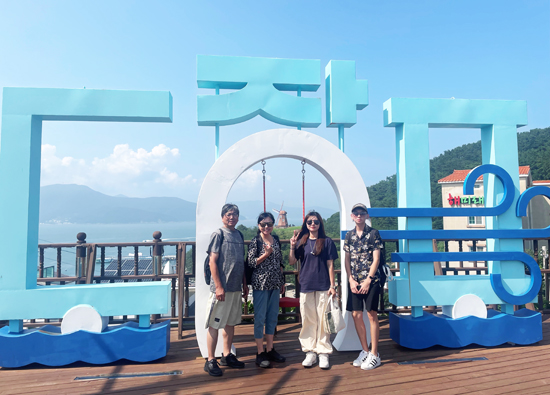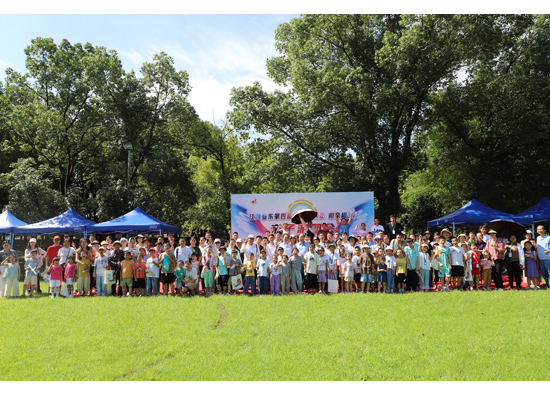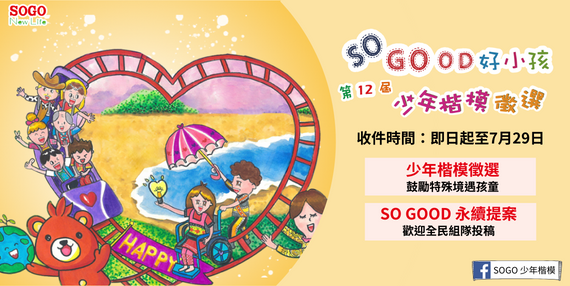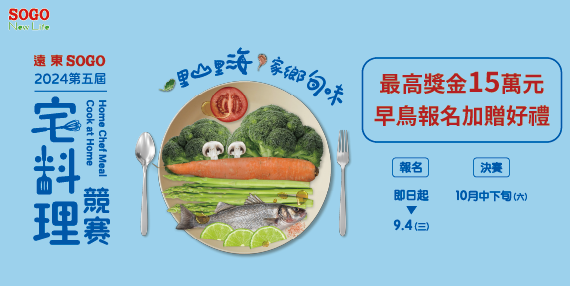09.2024 Story
Explore the cultural scenery of Kinmen
Far Eastern New Century Corporation Xinpu Chemical Fiber Factory / Li Yujun
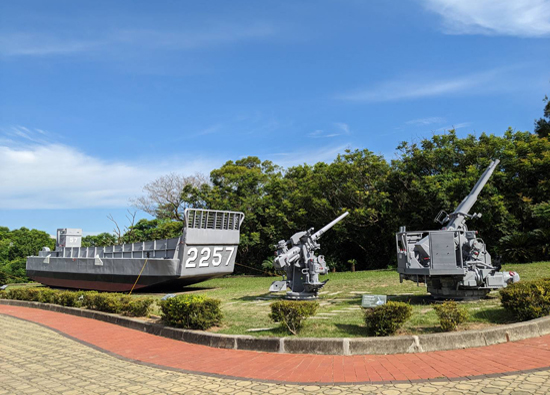
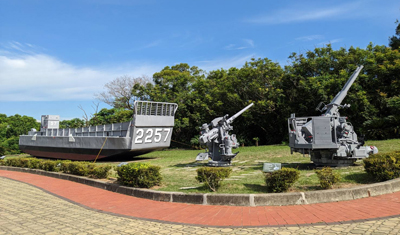 Kinmen is a good choice for meeting the above requirements, such as "enjoying the joy of air travel without having to go out for many days" and "a journey that combines urban convenience, leisurely vacation, and cultural museums". For most Taiwanese people, Kinmen is a place that is both familiar and unfamiliar, often appearing in textbooks. Kinmen's sorghum wine is also well-known far and wide, and the local language is the same as ours but slightly different... which makes it full of mystery.
Kinmen is a good choice for meeting the above requirements, such as "enjoying the joy of air travel without having to go out for many days" and "a journey that combines urban convenience, leisurely vacation, and cultural museums". For most Taiwanese people, Kinmen is a place that is both familiar and unfamiliar, often appearing in textbooks. Kinmen's sorghum wine is also well-known far and wide, and the local language is the same as ours but slightly different... which makes it full of mystery.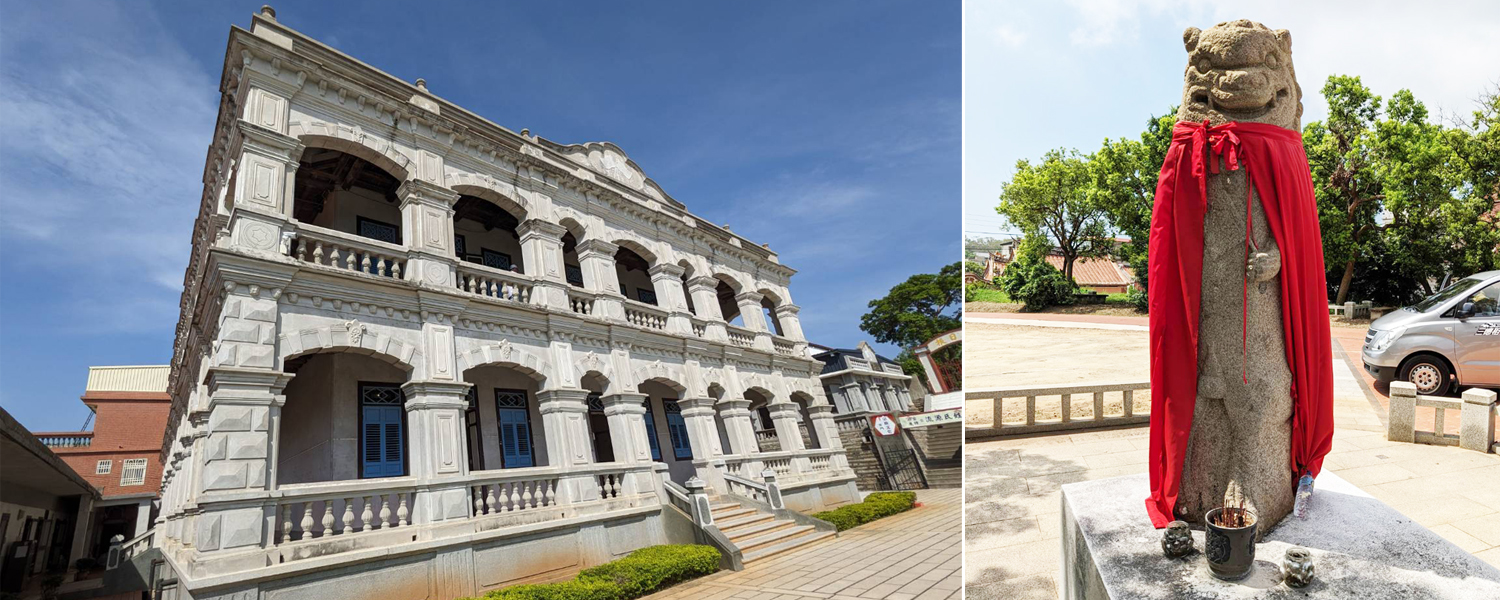 There were once 100000 troops stationed in Kinmen, carrying the military memories of several generations. In recent years, the Kinmen County Government has held the "Kinmen Veterans Recruitment Order". After learning about this event, I specially arranged for my elders who had served in Kinmen to return to their old place for a three-day and two night in-depth tour.
There were once 100000 troops stationed in Kinmen, carrying the military memories of several generations. In recent years, the Kinmen County Government has held the "Kinmen Veterans Recruitment Order". After learning about this event, I specially arranged for my elders who had served in Kinmen to return to their old place for a three-day and two night in-depth tour.After taking a flight to Kinmen Shangyi Airport, advertising billboards for car rental agencies and homestays can be seen everywhere, indicating that tourists do not need to worry about accommodation and transportation issues when coming here.
Kinmen County has three towns (Jincheng, Jinhu, Jinsha) and three townships (Jinning, Lieyu, Wuqiu) under its jurisdiction, with a circumference of about 120-150 kilometers around the island, making it convenient to drive or ride a motorcycle. As soon as I arrived in Kinmen, what caught my eye was the unique mixed architectural culture of the area, including modern architecture, battlefield construction, Fujian style ancestral temple settlements, as well as Western style buildings. Because Kinmen is a famous "hometown of overseas Chinese", life was not easy in the early years. Many people ventured to Southeast Asia to do business, and after achieving success, they returned home to establish ancestral temples. Some people also built Western style buildings or run schools. In recent years, Kinmen County Government has renovated these buildings and rented them out to the public as homestays or shops, hoping to stimulate tourism.
In addition to accommodation and transportation, food is also a major feature of Kinmen. In those days, in response to the needs of the people's livelihood of 100000 garrisons, special fast food such as fried instant noodles and fried rice cakes were derived. Even the common Guangdong Congee for breakfast was different from the table type rice porridge with clear grains. It was cooked in a slow fire, and the rice grains were fine and smooth. The soup was delicious. It could be served with deep-fried dough sticks sticks, salty vegetables, fried rice cakes, Fujian style Shaobing (Baked cake in griddle), etc.
In addition, due to the natural growth of the Kinmen stone oyster on the stone pillars during the ebb and flow of tides, it has a small body size, firm flesh, and no fishy smell. Whether eaten raw or cooked into oyster cakes, oyster noodles, oyster stir fried noodles, or sea oyster fried eggs, it is very fresh, sweet, and rich. And Jinmen beef noodles are also different from Taiwan's beef noodles. The soup is light, the beef is soft and delicious, and the noodles are chewy. They are super delicious when paired with the local Potsticker, which are juicy inside and outside, and the special garlic sauce. The content of Kinmen banquet dishes is traditional local dishes, like table dishes, with eight dishes per table, which is quite suitable for families to enjoy and chat slowly.
Kinmen tourism is usually divided into three main themes: "battlefield tourism, cultural scenery, and natural ecology". Participating in the "Kinmen Veterans Recruitment Order" not only allows you to receive exclusive veterans' souvenirs, identification hats, and Kinmen veterans' commemorative wine, but also allows you to experience shooting, visit state-owned ceramic museums, and other special venues. Among them, Kinmen National Park preserves the relics of the front-line confrontation, including Mount Taiwu, Guningtou Battle History Museum, Zhaishan Tunnel, Lieyu Township, etc. Similar to the "823 Battle History Museum" established to commemorate the 823 Artillery Battle, it displays many historical relics, battlefield relics, landing craft, tunnels, artillery positions, etc. On Jiangong Island, there is a nine meter tall statue of Zheng Chenggong. The tense confrontation of the past has now become a rich historical record, which can be seen or touched, and better appreciate the value of peaceful life.
Traditional Minnan settlements, Western style western-style buildings, Fengshi Ye, Beifeng Ye, and Fengji are also tourist attractions in Kinmen. In particular, Kinmen Folk Culture Village and Shanhou Folk Culture Village have preserved intact Minnan settlements, with numerous ancient houses, temples, ancestral halls, and other traditional buildings, making them a great place to experience Kinmen's traditional culture. The Chen Jinglan Western Building, Huang Huihuang Western Building, and Jinmen Overseas Chinese Cultural Exhibition Hall (Jinshui School) belong to Min Yang architecture, which houses a large collection of historical origins, immigration trajectories, economic achievements, and cultural heritage of Jinmen overseas Chinese. While Kinmen County Government is committed to developing deep cultural tourism, it also actively collects and restores precious folk historical materials. For example, the famous Ming Dynasty scholar "Cai Fuyi" portrait in Kinmen is its only surviving portrait, which has been collected and worshipped by the Cai family in Kinmen's Cai Cuo for many years. However, it has been damaged over time and after restoration, it has been listed as a permanent exhibition at the "Kinmen Historical Folk Museum"... These are all worth savoring carefully.
The Wind Lion God of Kinmen is another important cultural feature, regarded as a mascot in many places around the airport and Kinmen. It is said that worshiping the Wind Lion God is to eliminate sandstorms and wind disasters, and has become a spiritual symbol for Kinmen residents. There are currently 68 of them, which are popular among tourists visiting Kinmen. As for the Little Kinmen Wind Chicken, it looks like the door decoration of a chain fried chicken restaurant. At first glance, it looks quite cute. In fact, it is a unique talisman of Little Kinmen that is believed to ward off evil and disasters, protect homes and ensure safety, just like the Wind Lion God and the North Wind God.
Interestingly, the otter has also become another iconic mascot of Kinmen. Not only does it have an otter exhibition hall and otter special exhibition, which provide detailed information on the habitat and ecology of Eurasian otters, but it also designates ecological protection areas. Even roadside signs feature cute images of otter babies. In short, the slow pace of life and abundant tourism resources in Kinmen are definitely worth visiting regularly.
#



